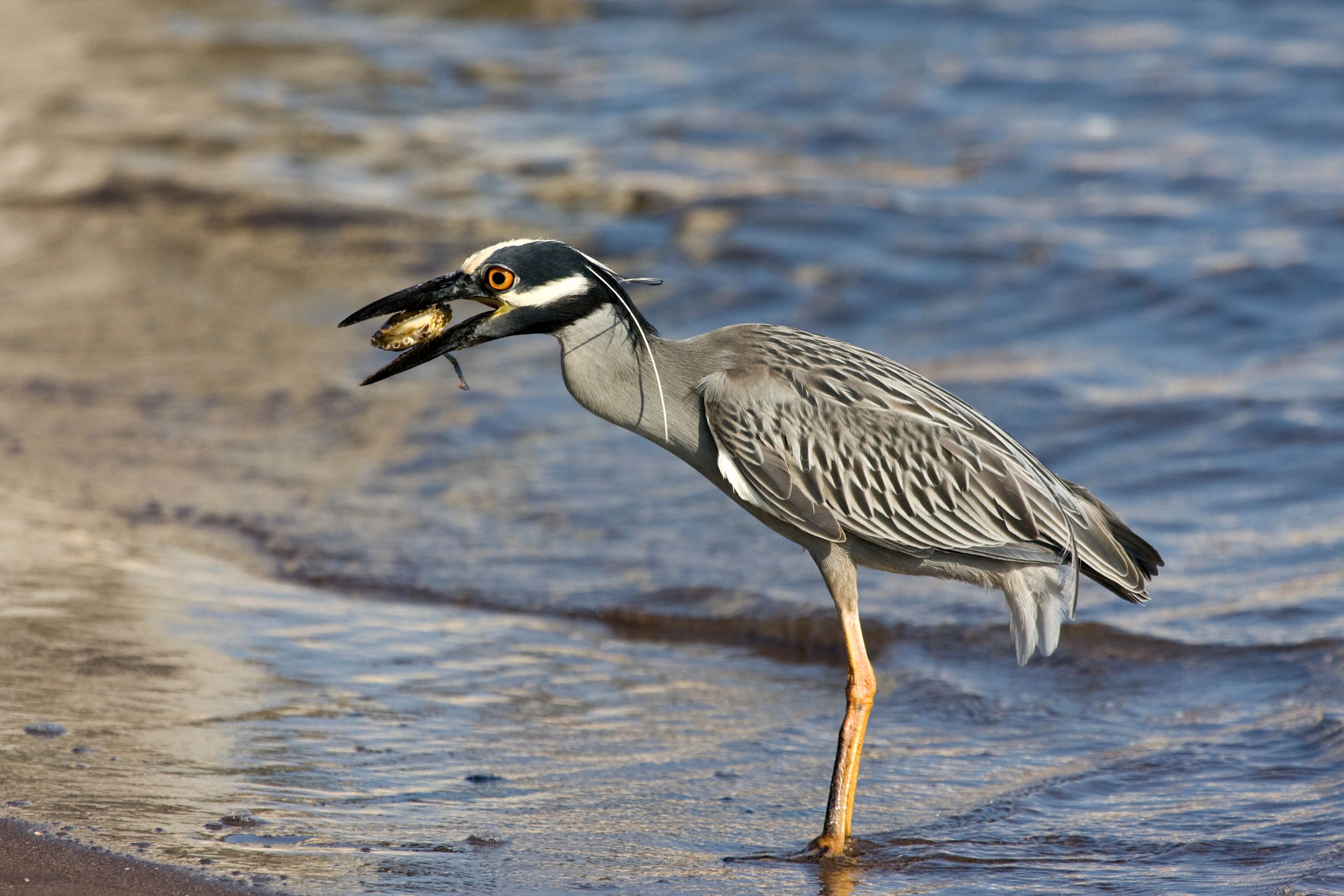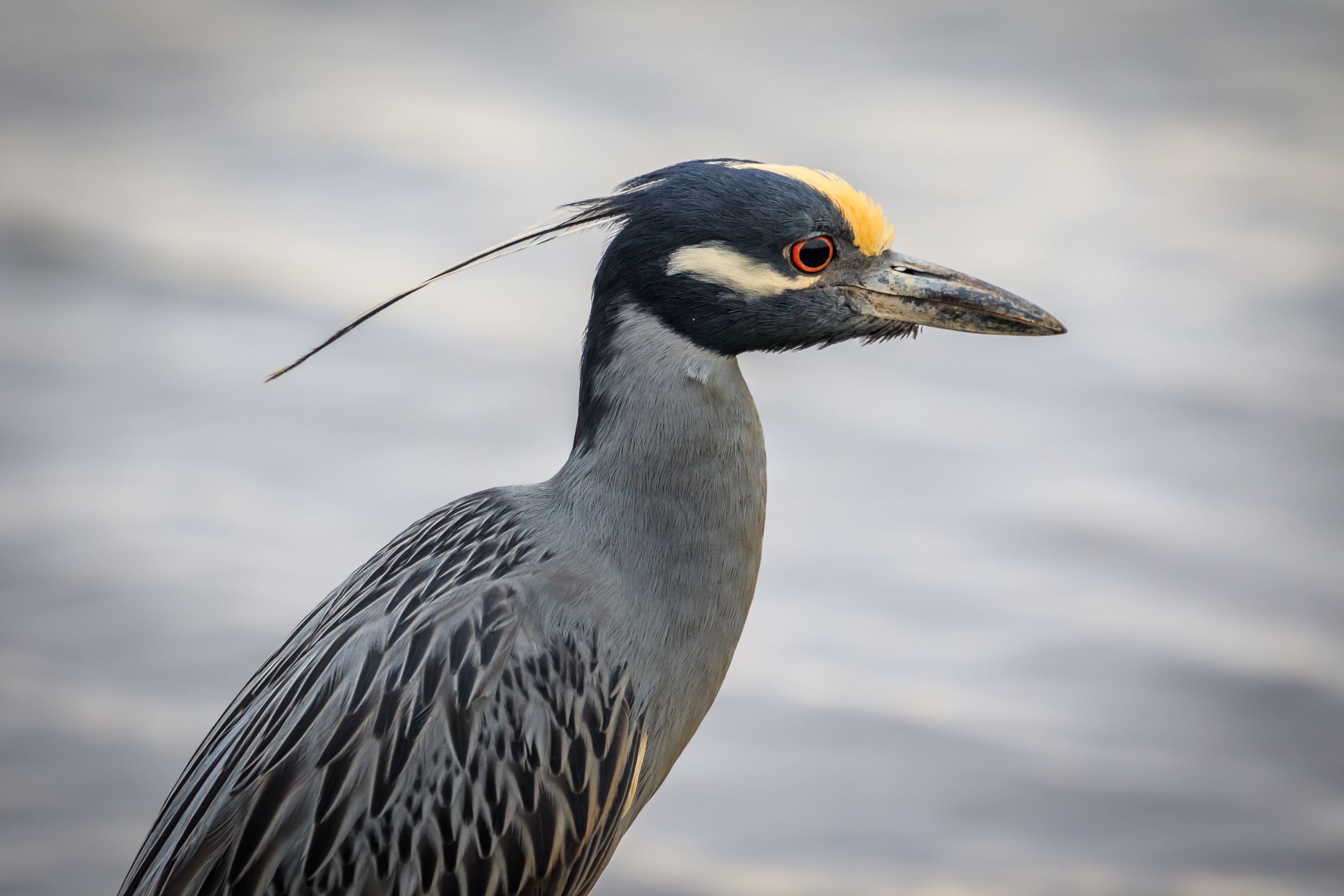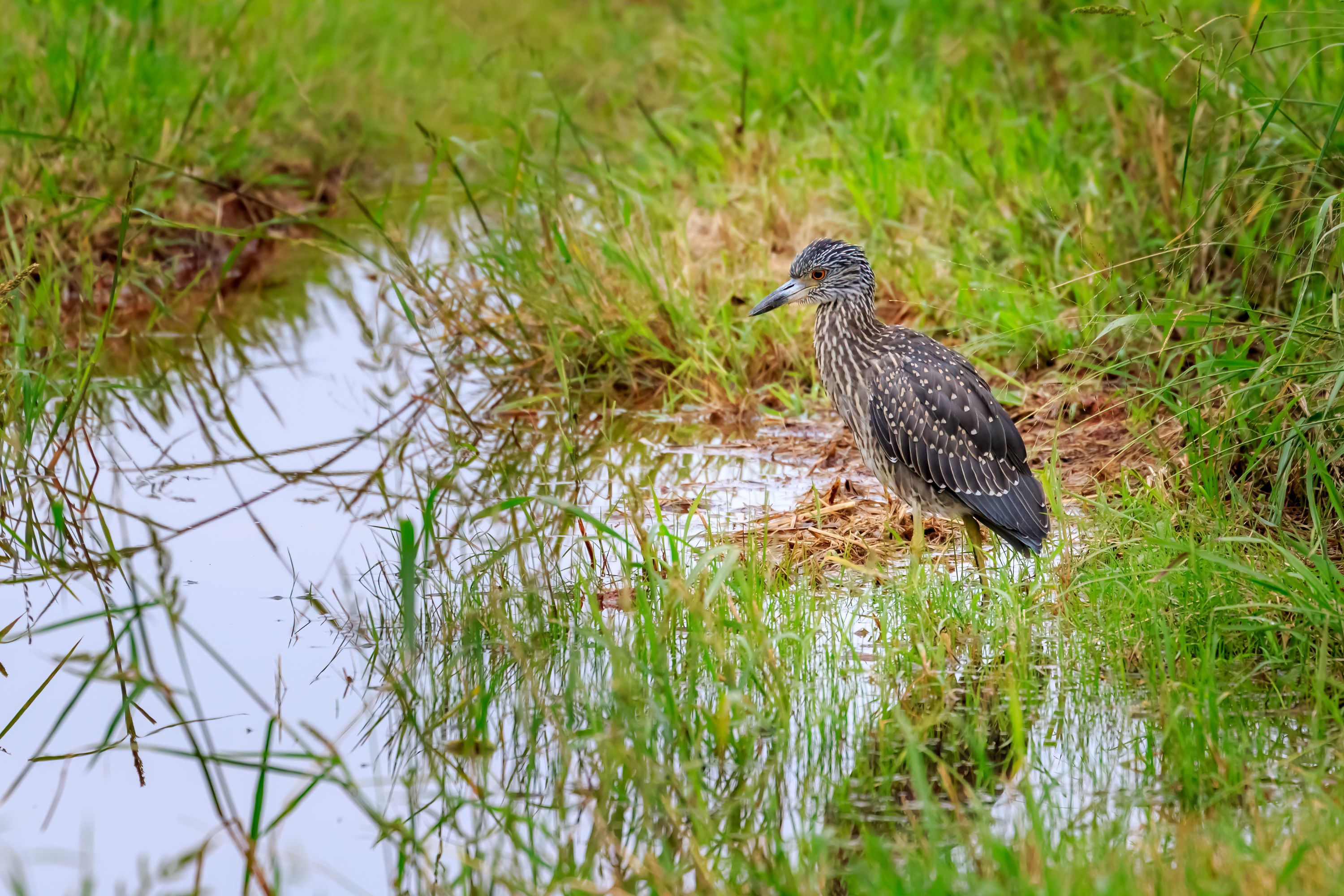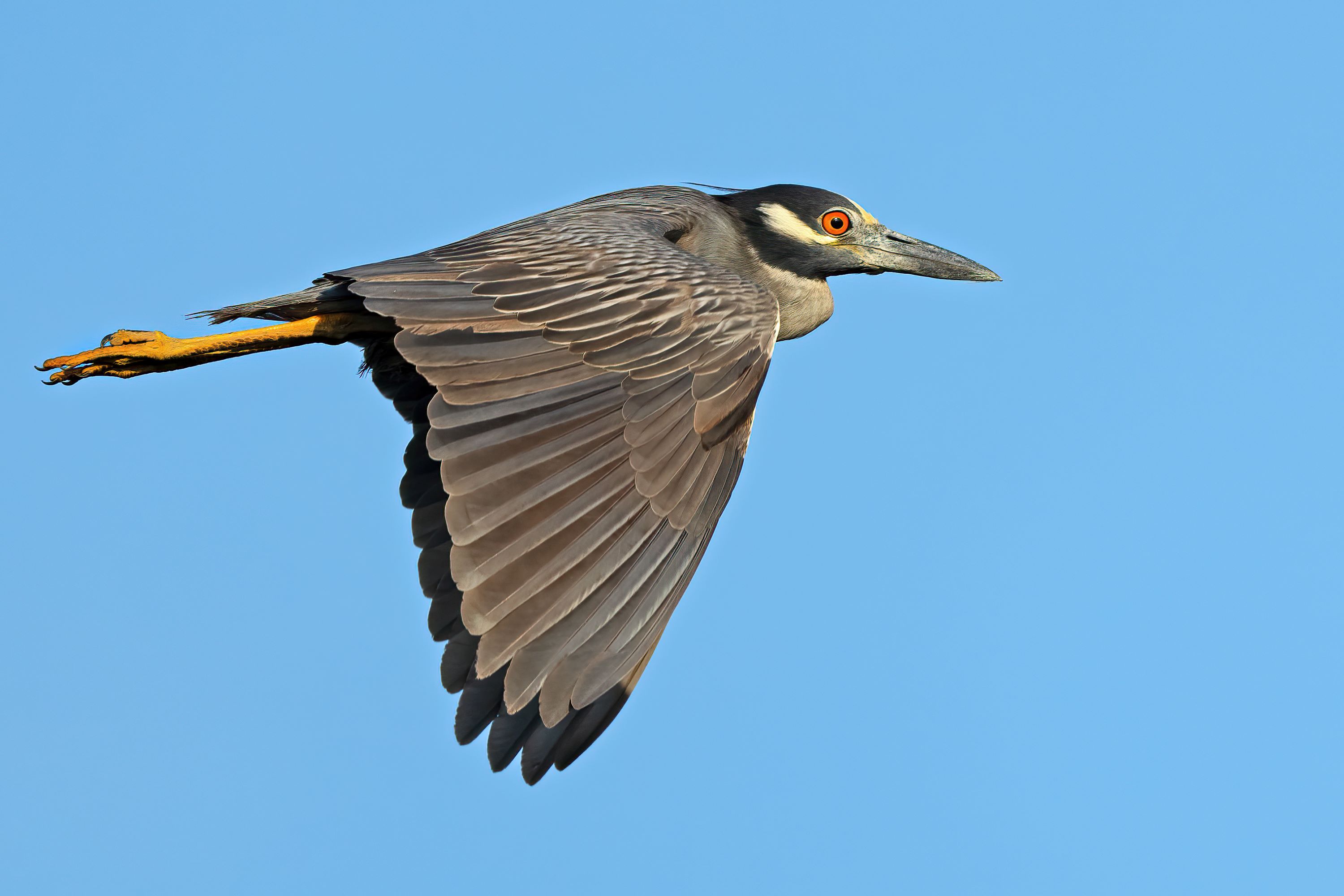
Nyctanassa: The Sole Inhabitant of a Unique Genus
Introduction to the Genus Nyctanassa
Nyctanassa is a monotypic genus in the heron family, Ardeidae, represented solely by the Yellow-Crowned Night Heron, Nyctanassa violacea. This genus stands out for its unique adaptation to nocturnal life and its specialized habitat preferences.
Physical Characteristics
The Yellow-Crowned Night Heron, the only species in the Nyctanassa genus, is a medium-sized bird with a stocky build. It is characterized by a distinctive black-and-white face, a yellow crown, and striking red eyes. Its body is primarily slate gray, with short legs and a powerful, sharp bill.
Habitat and Distribution
Native to the Americas, Nyctanassa violacea inhabits coastal regions, estuaries, and wetlands. It is found from the eastern coast of the United States down to northern South America. The bird prefers habitats near water bodies, particularly brackish or saltwater environments.

Behavior and Lifestyle
The Yellow-Crowned Night Heron, true to its name, is predominantly nocturnal. It is known for its solitary foraging habits, often seen alone or in small family groups. During the day, these birds roost in trees or shrubs near water sources.
Feeding Habits
This species primarily feeds on crustaceans like crabs and crayfish, making it unique among herons. It also consumes small fish, amphibians, and insects. The bird's foraging technique involves standing still or walking slowly to catch prey unawares.
Breeding and Nesting Habits
The Yellow-Crowned Night Heron breeds in colonies, often with other wading birds. Nests are constructed in trees or bushes near water, using sticks and lined with softer materials. These herons tend to return to the same nesting sites each year.

Egg Laying and Incubation
Females typically lay 3 to 5 pale blue-green eggs. Both parents share incubation duties, which last around 21-25 days. The nests’ locations in dense foliage or over water provide protection from potential predators.
Chick Rearing and Parental Care
The chicks are altricial and require significant care from the parents. Both parents feed the chicks, and they fledge the nest in about 6 to 7 weeks, although they may remain near the nest for continued care.
Vocalizations and Communication
The Yellow-Crowned Night Heron can produce a range of sounds, especially during the breeding season. These include croaks and soft quacks used for communication within the colony and with mates.

Conservation Status
Nyctanassa violacea is currently listed as Least Concern by the IUCN. However, it faces challenges such as habitat loss and environmental pollution, particularly in coastal areas.
Similar Species and Taxonomy
The Nyctanassa genus is closely related to the genus Nycticorax, which includes the Black-Crowned Night Heron. The two are differentiated by their plumage, size, and some aspects of their behavior and habitat preferences.
Nyctanassa in Utah
Occasional sightings of the Yellow-Crowned Night Heron, the sole species of the Nyctanassa genus, have been recorded in Utah, particularly in wetland areas and along rivers, although these sightings are relatively rare.

Conclusion
The Nyctanassa genus, represented by the Yellow-Crowned Night Heron, is a unique and vital part of the ecosystems it inhabits. Its adaptation to nocturnal life, specialized diet, and distinct appearance make it a fascinating subject for birdwatchers and conservationists. Understanding and protecting the habitats of Nyctanassa violacea is essential for maintaining the ecological diversity and health of the wetlands and coastal areas they inhabit.